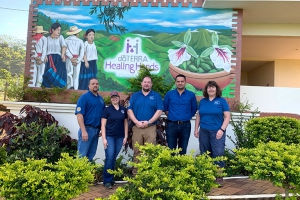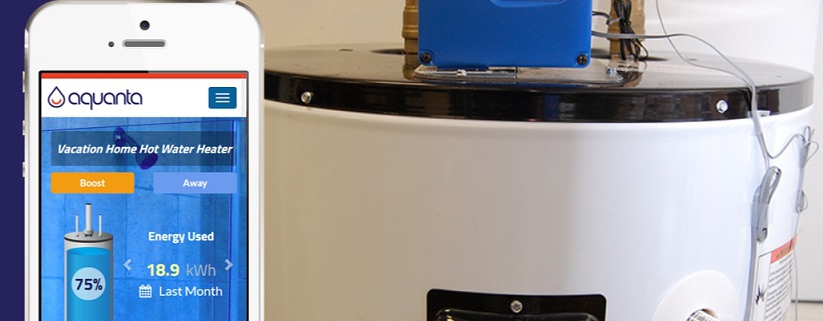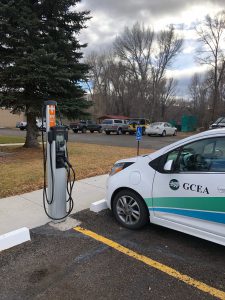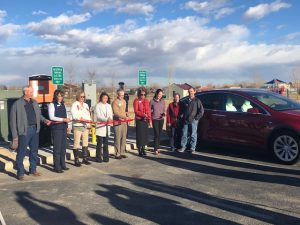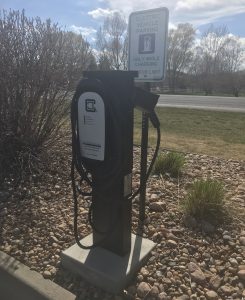Lighting the Way for Sillab, Guatemala
Lighting the Way for Sillab, Guatemala
By Anna Politano, Oklahoma Living Magazine Editor
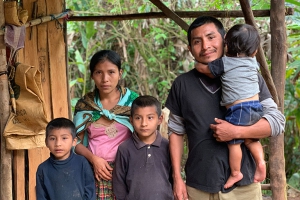
The Sillab family is looking forward to putting away their flashlights and flipping on a light switch.
Sitting at 2,700 feet altitude atop a towering mountain surrounded by scenic and lush elevation ranges, is the small village of Sillab (pronounced “si-yap”) in north central Guatemala, near the border with Belize. Visitors coming to explore the Guatemalan beauty would likely never go up on this mountain — the area is far from tourist attractions and is nearly a 10-hour drive from the capital city of Guatemala City. Residents of Sillab live away from civilization. Most villagers don’t speak the official language of the country: Spanish. Instead, they speak an ancient, Mayan-based dialect called Q’eqchi’ or “kek-chi.”
Earlier this year, representatives from Colorado’s and Oklahoma’s electric cooperatives — in partnership with the National Rural Electric Cooperative Association’s philanthropic arm, NRECA International — conducted a scouting trip to plan an electrification project for Sillab that will take place later in August and September. What they found was not only a primitive community lacking access to electricity, running water and plumbing, but also a dwelling of joyful, hospitable people. The purpose of the trip was to assess the local conditions, see the project site, meet the villagers and utility representatives, and evaluate the staking design for power lines.
With a total of 60 homes, one elementary school and four churches, the villagers of Sillab grow corn for self-consumption and generate most of their income from the production of cardamom seeds, peppers and coffee, as well as a variety of other spices. Stricken by scarce resources and poverty, most villagers made Sillab their home after receiving a plot of land from the Guatemalan government, a result of a peace agreement following the Guatemalan Civil War from 1963 to 1996.
In August 2019, 20 volunteers from Colorado’s and Oklahoma’s electric cooperatives will build power lines on a stretch of 6.5 miles, wire 60 poles and install four transformers. The power lines will belong to a local utility: ADECORK (Associación Para Desarollo Communitario Rax Kiche), or the Association for Community Development Rax Kiche.
ADECORK will carry the responsibility of generating and distributing electric power to Sillab. The utility operates a small hydropower plant with a capacity of 75 kilowatts. ADECORK currently provides power to 275 consumers in nearby villages, with an average of 4 kW per home.
ADECORK officials are actively seeking funds to increase their capacity for more water in order to power additional surrounding villages. The utility is currently not structured as an electric cooperative, but its leaders aspire to adopt the electric cooperative business model.
Colorado and Oklahoma volunteers will also wire each home with four lightbulbs (kitchen, living room, front porch and back of the home) and four electrical outlets. The estimated electric rate will be 14 cents per kilowatt-hour. As a reference, the average per kWh rate in Colorado is 12.2 cents. Although the villagers will incur another bill, their energy consumption is considerably lower compared to the United States. Most of the villagers do not own or cannot afford electrical appliances. Access to electricity should empower the villagers with economic prosperity, safety and a better quality of life.
Included in the planning trip were Safety and Loss Control Director Dale Kishbaugh and Director of Member Services Liz Fiddes, both with the Colorado Rural Electric Association; Team Leader Mike Wolfe with Southwest Rural Electric Association based in Tipton, Oklahoma; and me, the editor of Oklahoma Living magazine, which is part of the Oklahoma Association of Electric Cooperatives. We were accompanied by NRECA International Engineer Erick Berganza.
“It is an honor and privilege to serve as team leader for this electrification project,” Wolfe said. He was also a volunteer in the 2018 Guatemala electrification project. “I’m eager to work alongside a great team to bring electricity to the villagers in Sillab. On projects like this, you receive more than you give. It will be a life-changing experience.”
Editor’s Note: Colorado Country Life Editor Mona Neeley will travel to Guatemala the first week of September as part of the team helping celebrate when the lights come on for the first time in Sillab.


